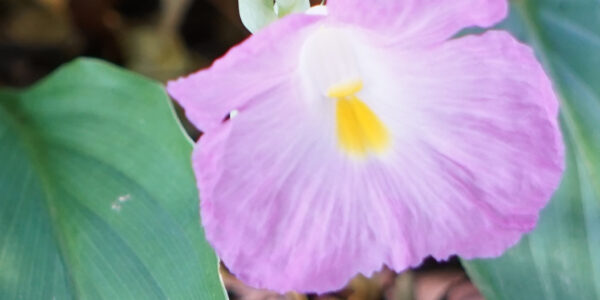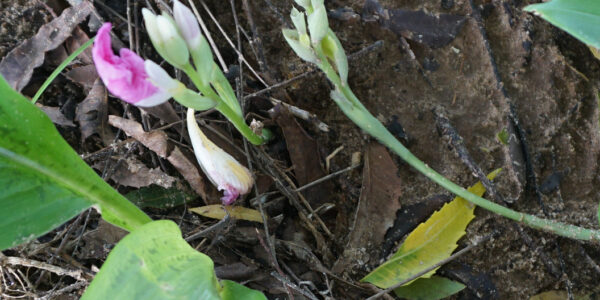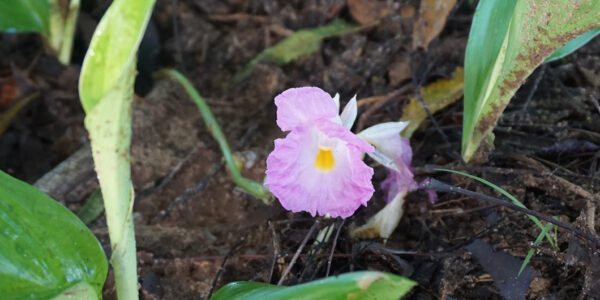Siphonochilus Kirkii
Family: Zingiberaceae
ENG: Wild Ginger
GIR: Mutunguu
Wild ginger is a forest floor plant with aromatic rhizomatous roots. The leaves are deciduous and sprout annually from the underground stem in spring, they may reach a height of up to 400mm. The leaves are light green, lance shaped and borne on the end of stem-like leaf bases.
The male and female organs are borne on separate plants, female plants tend to be smaller than male plants. The small berry-like fruits are produced at or near ground level after the flowers.
SANBI
The roots are used for traditional medicine.
Propagation through splitting of rhizomes.
 |
 |
 |




